I would like know how to transpose rows into columns using BigQuery's Standard SQL.
I have read some post about this, but most of them use BigQuery's legacy function "GROUP_CONCAT_UNQUOTED", which does not exist in the Standard SQL version.
This is my data structure:
This is what I would to achieve:
Thanks for your help.

